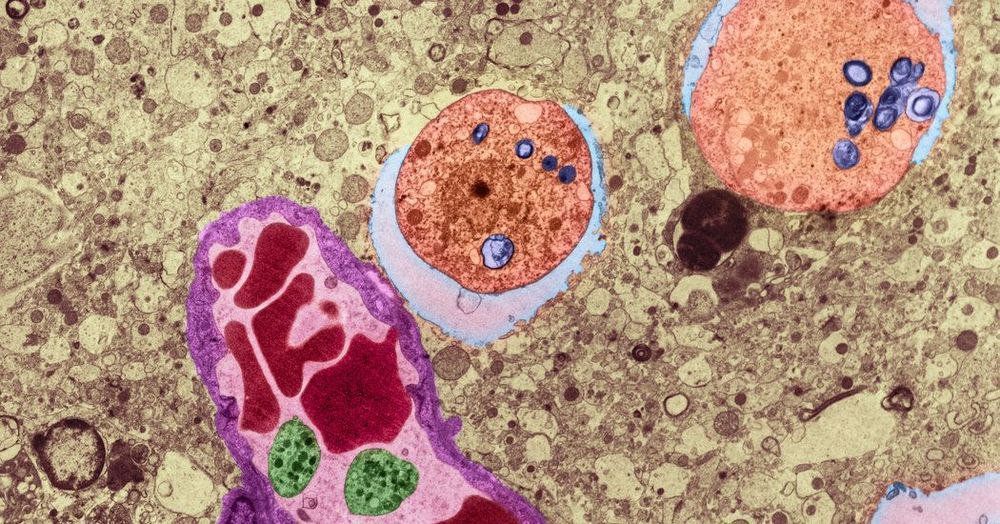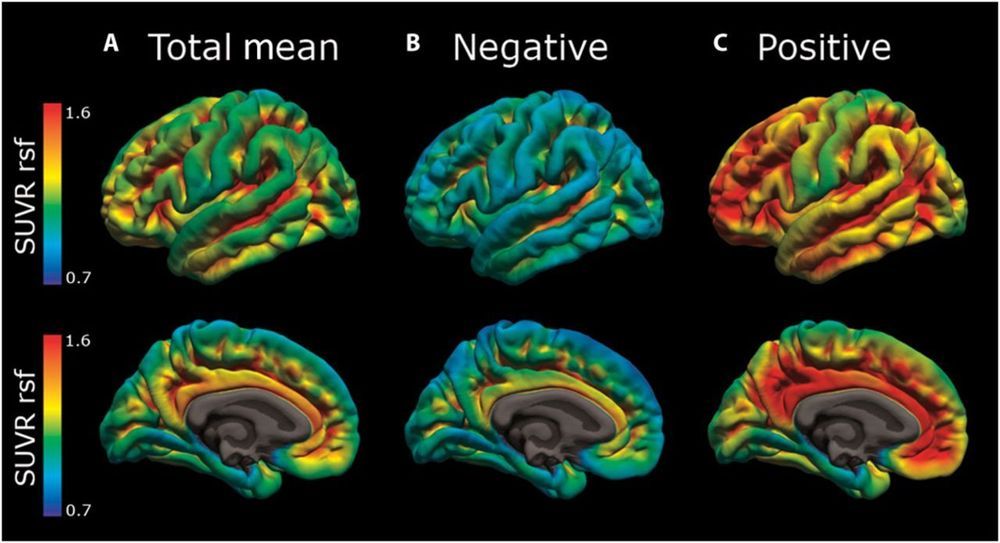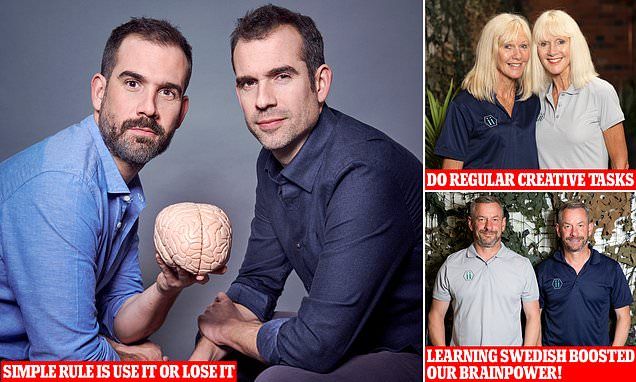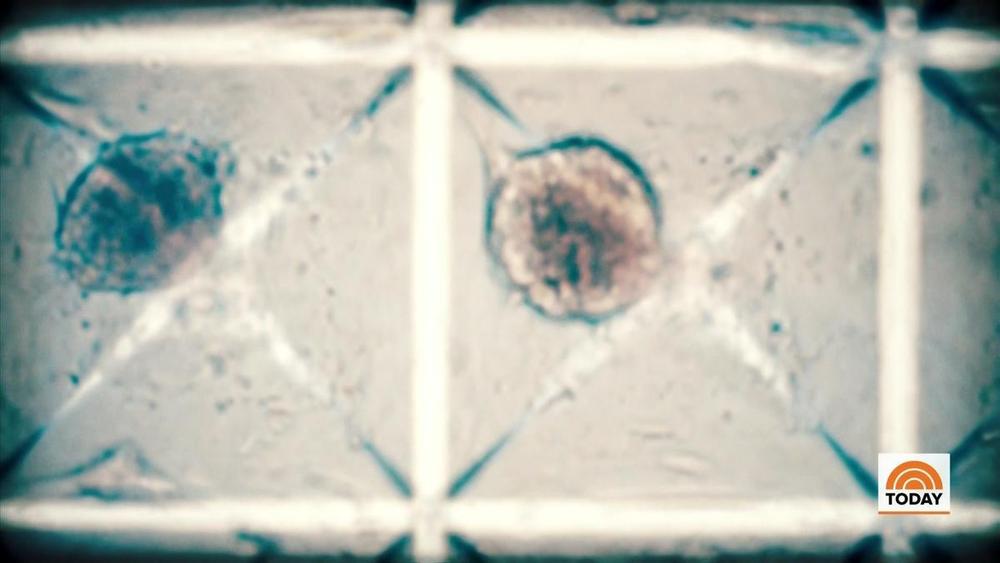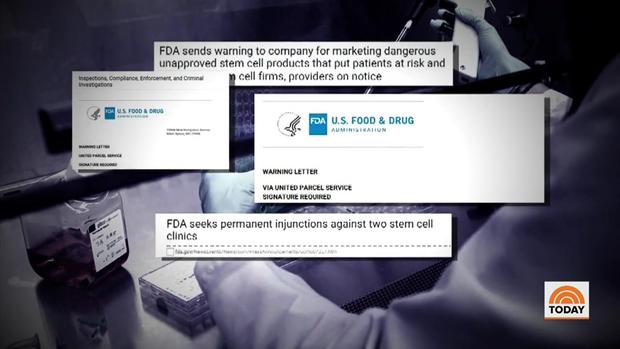The brain-eating monsters are real enough — they lurk in freshwater ponds in much of the United States. Now scientists may have discovered a new way to kill them.
Minuscule silver particles coated with anti-seizure drugs one day may be adapted to halt Naegleria fowleri, an exceptionally lethal microbe that invades through the sinuses and feeds on human brain tissue.
The research, published in the journal Chemical Neuroscience, showed that repurposing seizure medicines and binding them to silver might kill the amoebae while sparing human cells. Scientists hope the findings will lay an early foundation for a quick cure.
